Monte Bugaksan (북악산)
1.7Km 2021-04-08
Changuimun-ro 42, Jongno-gu, Seúl
+82-2-765-0297
Seúl está rodeada de montañas, principalmente Bugaksan, Namsan, Naksan e Inwangsan. Bugaksan, la montaña situada al norte de Seúl, es la mayor de estas, y es un vástago del monte Bukhansan. También es conocida como Baekaksan.
La Fortaleza de Seúl recorre la sierra y la puerta Changuimun (también llamada Jahamun), una de las cuatro pequeñas puertas que rodeaban el castillo durante la época Joseon, se encuentra al oeste de la montaña, cerca de Inwangsan. La ruta Bugak Skyway, que une Changuimun y Arirang Hill en Jeongneung, tiene unas magníficas vistas del centro de Seúl, y pasa por diversas atracciones como Changuimun y el Pabellón Bukak. Otra atracción es el Parque Samcheong, al sur del monte Bugaksan.
Los montes Inwangsan (al oeste de Bugaksan) y Naksan (al este) tenían ubicaciones perfectas según la geomancia coreana pungsu (feng-shui). El monte Inwangsan estaba plagado de tigres durante los comienzos de la dinastía Joseon. De acuerdo con la leyenda, el rey suplicó a la deidad de la montaña que enviara los tigres al otro lado del río Yalu. Aunque los tigres se marcharon, se le permitió quedarse a una tigresa con cachorros, cuyas crías se multiplicaron convirtiendo Inwangsan en un lugar temible lleno de tigres.
Inwang Skyway conecta la parte este de Insangwan con Bugaksan. La ladera este de Inwangsan se ha convertido en una elegante zona residencial, mientras que Guksadang (que significa literalmente "Santuario Nacional") fue desplazado de Namsan a un área al oeste de la montaña en la década de 1920. Aún hoy, se celebran exorcismos chamanes en el santuario, así como rituales en honor de las deidades de la montaña.
Moonguesthouse [Korea Quality] / 문게스트하우스 [한국관광 품질인증]
1.7Km 2020-09-09
31-18, Samil-daero 32-gil, Jongno-gu, Seoul
+82-2-745-8008, +82-10-8704-9981
The Moon Guesthouse is situated near a number of interesting tourist destinations including Unhyeongung Palace (3min on foot), Bukchon Hanok Village (5min on foot), Changdeokgung Palace (5min on foot), and Changgyeonggung Palace (10min on foot). The guesthouse was named ‘moon’ (‘door’ in English) because it has many 176 doors and windows. Upon entering by the gate, visitors will see a ‘ㄷ’-shaped hanok building in the courtyard, in which a wooden bedstead and a table are placed. On the opposite of the hanok building there is a wall roofed with tiles engraved with Korean patterns such as deer, pine, turtle, etc. Flowers in the flowerbed lined up along the wall are in bloom and the bonsai are also well-kept in the house. Renovated and opened as a guesthouse in September 2011, Moon Guesthouse consists of a bonchae (main building) and a byeolchae (detached house). The rooms are decorated with red clay and hanji (traditional Korean paper handmade from mulberry trees), and have under-the-floor heating (ondol). Each room is equipped with an air-conditioner, and has a 40cm-thick layer of red clay over the ceiling for insulation, making the rooms cool in summer and warm in winter. The house has seven individual guestrooms and five modern bathrooms, but the entire building (bonchae or byeolchae) can be rented, too. In particular, the unhyeondang of the bonchae is very popular as it can be converted into one large space for special events, group workshops, etc. simply by opening all the sliding doors (Bunhapmun – Goryeo construction style). This room, which is decorated with a flower-patterned windscreen, a landscape painting, and calligraphy, has been used as a shooting location for various TV programs including KBS2’s TV reality program Man’s Qualification and its variety show The Human Condition. The guestrooms are also equipped with traditional furniture including a cabinet inlaid with mother-of-pearl. The guesthouse also provides a variety of experience programs from 11am to 3pm, including tea ceremony, wearing Hanbok (traditional Korean clothes), making kimchi and gochujang (red chili paste), playing a traditional musical instrument, making a rubbing of a stone inscription, calligraphy, drawing orchids on a fan, and so on. The house has about seventy hanbok and other clothing accessories, as well as a royal costume. Its calligraphy and drawing orchid programs are run directly by the owner, who used to work as a classical Chinese teacher at a high school.
Lotte Duty Free (Casa Central) (롯데면세점 (본점))
1.7Km 2024-01-24
Eulji-ro 30, Jung-gu, Seúl.
Pierre Gagnaire à Seoul (피에르 가니에르)
1.7Km 2019-12-24
30, Eulji-ro, Jung-gu, Seoul
+82-2-317-7181
Internationally renowned as a Michelin three-star chef, Pierre Gagnaire opened his Seoul restaurant, Pierre Gagnaire à Seoul, on October 1, 2008. This is his fourth restaurant following those restaurants in Paris, Tokyo, and Hong Kong. In fact, he was once ranked first among the 100 top chefs in the world. It offers French cuisine featuring innovative and diverse preparation methods with an added artistic touch.
Momoyama (모모야마)
1.7Km 2019-12-17
30, Eulji-ro, Jung-gu, Seoul
+82-2-317-7031
Momoyama is a Japanese restaurant that serves high quality sushi and kaiseki (tasting menu of small, intricate dishes). In addition, the restaurant features a collection of 80 different types of sake along with a sake somelier. The restaurant is also equipped with several private rooms of varying sizes.
Parque Samcheong (삼청공원)
1.7Km 2022-04-07
Bukchon-ro 134-3, Jongno-gu, Seúl.
Es un parque localizado al pie del monte Bugaksan y fue el Parque N° 1 de Corea. En el entorno se encuentra gran cantidad de flores de cerezo, por lo que en abril de cada año es visitado por gran cantidad de ciudadanos por su hermoso paisaje de floración. Además, en el interior podrá encontrar un campo de bádminton, una cancha de tenis, una plaza infantil, espacios de descanso, una tienda comercial, etc., por lo que ofrece comodidad a los visitantes.
Entre las rutas principales de senderismo se destacan: el camino forestal de Bugaksan hacia la Muralla de Seúl, el camino hacia el manantial de Seongbuk-dong, el camino hacia el Parque Waryong, etc. En particular, se encuentra dentro de este parque la roca Malbawi, que fue designada como el mejor lugar para observar el panorama de la ciudad, por el Ayuntamiento de Seúl.
Barrio de Buam-dong (부암동)
1.7Km 2021-05-04
Changuimun-ro 145, Jongno-gu, Seúl.
+82-2-2148-1807
El barrio de Buam-dong, situado en Jongno-gu, Seúl, tiene aspectos del pasado mezclados con el ambiente sofisticado de Samcheong-dong. En sus calles curvadas se encuentran museos, cafeterías y restaurantes modernos junto con molinos y peluquerías de los años 60 o 70 del siglo XX. Originalmente, era un lugar tranquilo con viviendas de pintores, escritores, profesores y otros artistas que vivían con sus pasos pausados; pero recientemente ha ganado la popularidad por ser lugar de rodaje de la telenovela "Cafetería el Príncipe Nº1" (se encuentra aquí la casa de Choi Han-seong) y se ha llenado de cafeterías y tiendas comerciales con diseños únicos. Es una de las tres zonas de moda junto con Samcheong-dong y la calle Garosu-gil de Sinsa-dong.
Jaembaeok (잼배옥)
1.7Km 2021-03-30
68-9, Sejong-daero 9-gil, Jung-gu, Seoul
+82-2-755-8106
It has over 80 years of tradition. This Korean dishes restaurant is located in Jung-gu, Seoul. The representative menu is ox bone soup.
Lotte Hotel Seoul (롯데호텔서울)
1.7Km 2021-05-31
30, Eulji-ro, Jung-gu, Seoul
+82-2-771-1000
Lotte Hotel Seoul is a first class hotel located in the heart of Seoul, offering outstanding services to guests. The hotel is equipped with over 1,015 guestrooms, restaurants and bars, grand conference halls and banquet halls, a fitness club, business center, hotel museum, Lotte Duty Free, and a variety of other facilities to accommodate guests. In 2018, the executive tower was upgraded, adding more luxury to the hotel.
Mugunghwa - Lotte Hotel Seoul (무궁화 롯데호텔서울)
1.7Km 2021-03-19
30, Eulji-ro, Jung-gu, Seoul
+82-2-317-7061
This Korean cuisine is located near Euljiro 1(il)ga Station, Seoul. The representative menu is Korean table d'hote. A restaurant serving Korean course meal menu recognized by MICHELIN.
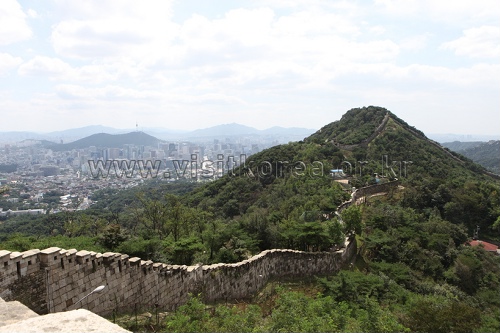
![Moonguesthouse [Korea Quality] / 문게스트하우스 [한국관광 품질인증]](http://tong.visitkorea.or.kr/cms/resource/09/2577509_image2_1.jpg)
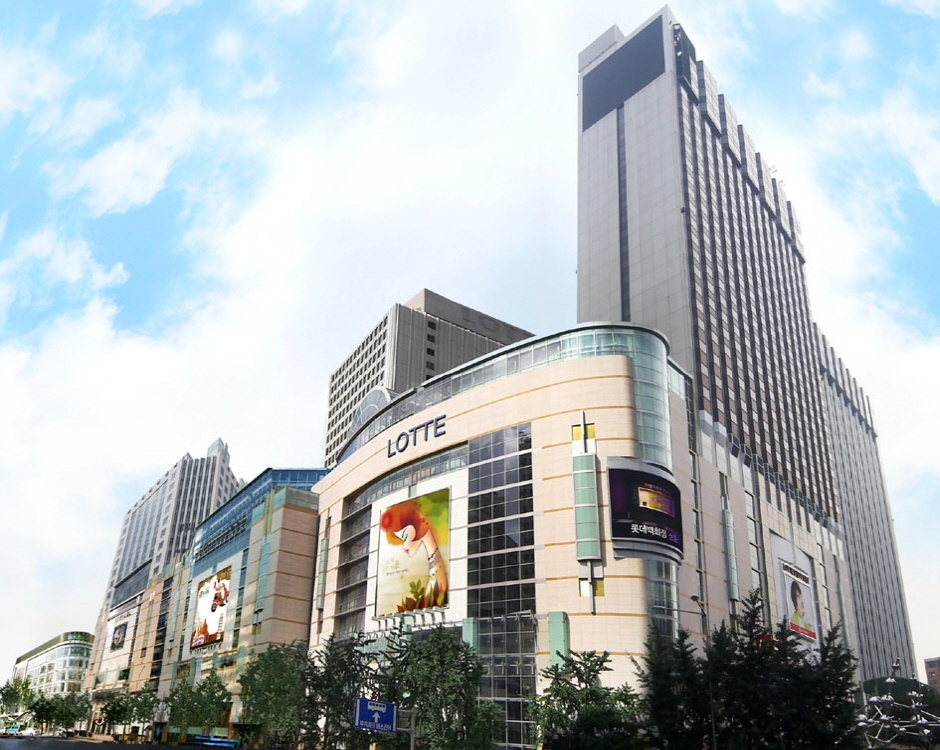

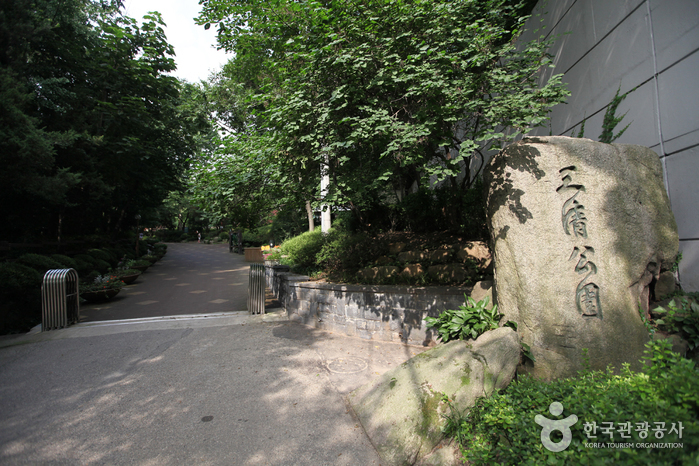
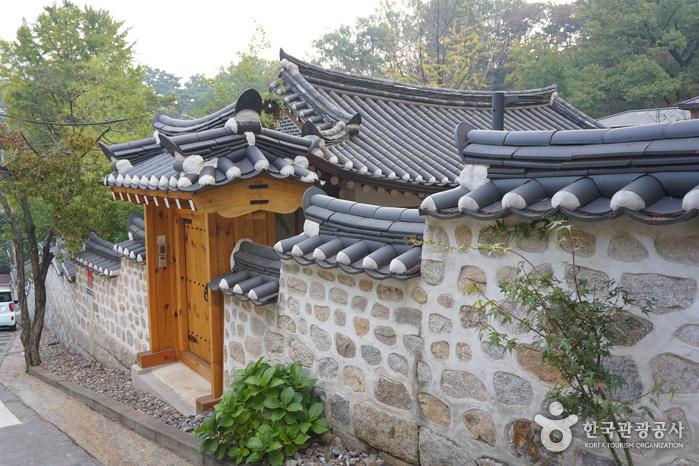
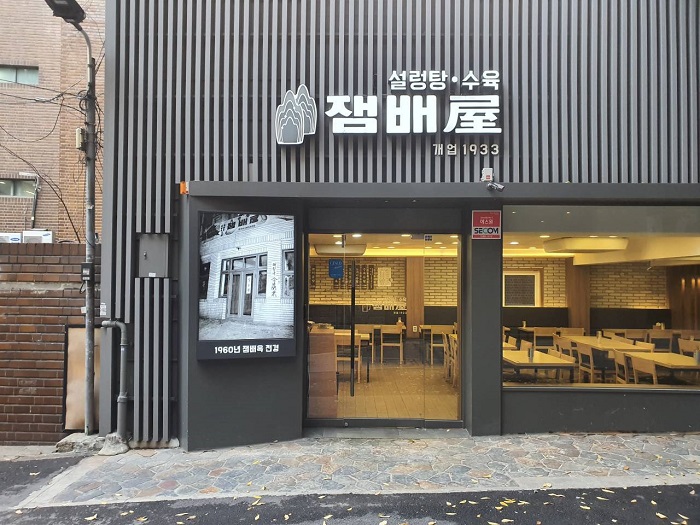
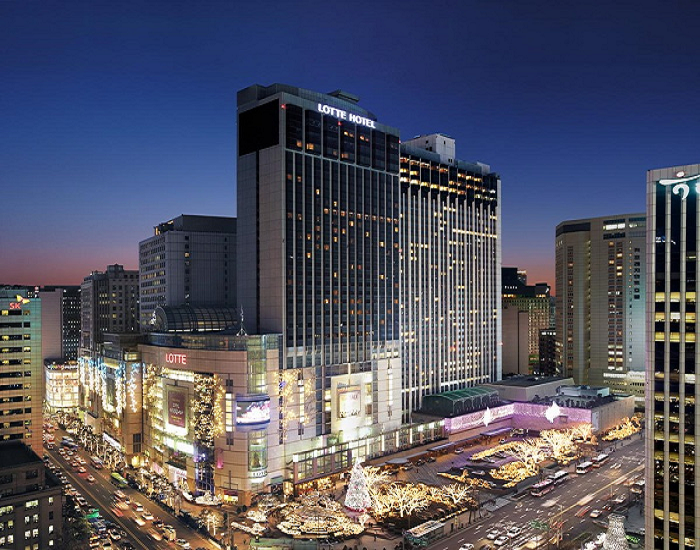
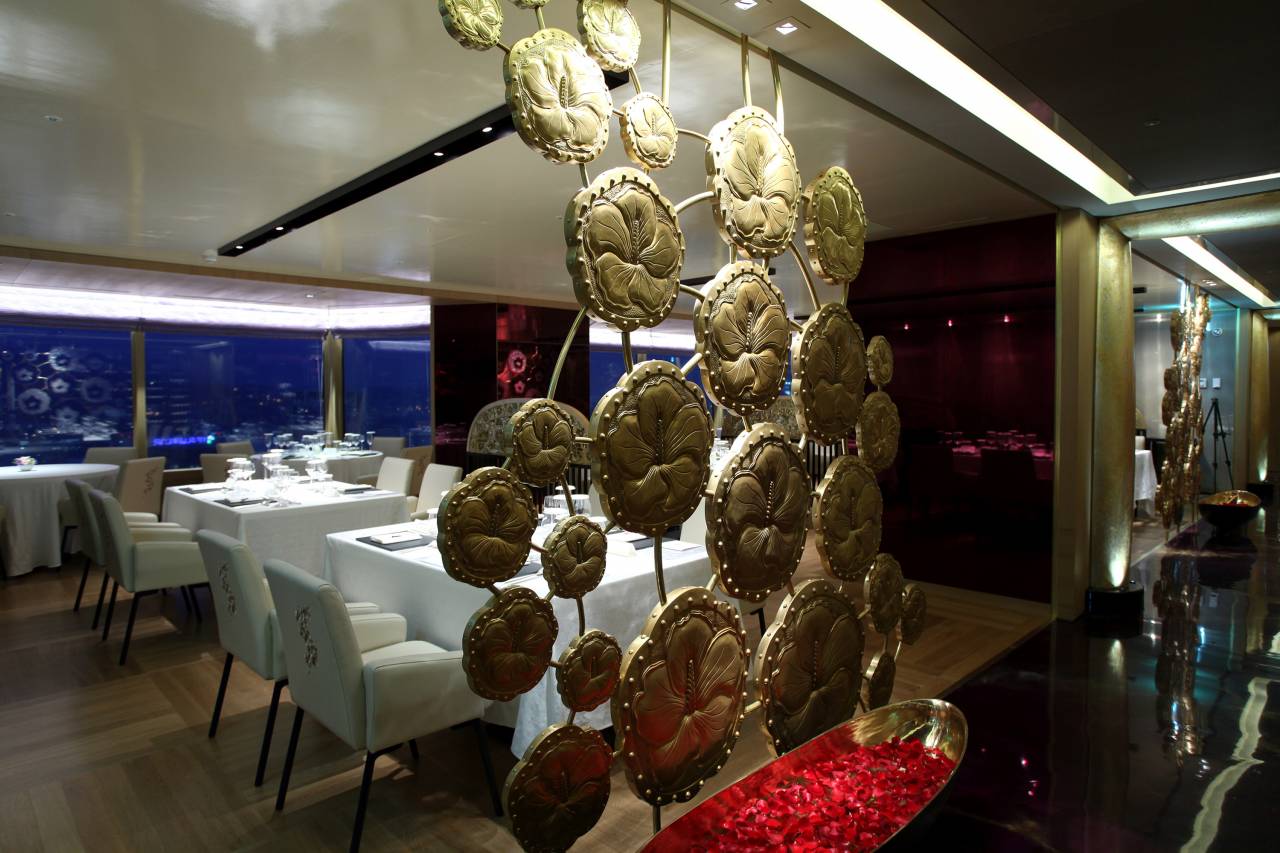
 Español
Español
 한국어
한국어 English
English 日本語
日本語 中文(简体)
中文(简体) Deutsch
Deutsch Français
Français Русский
Русский